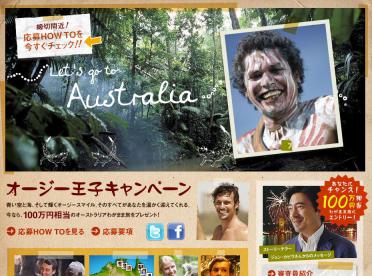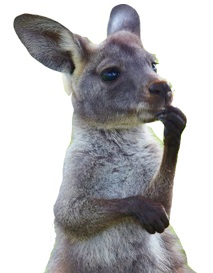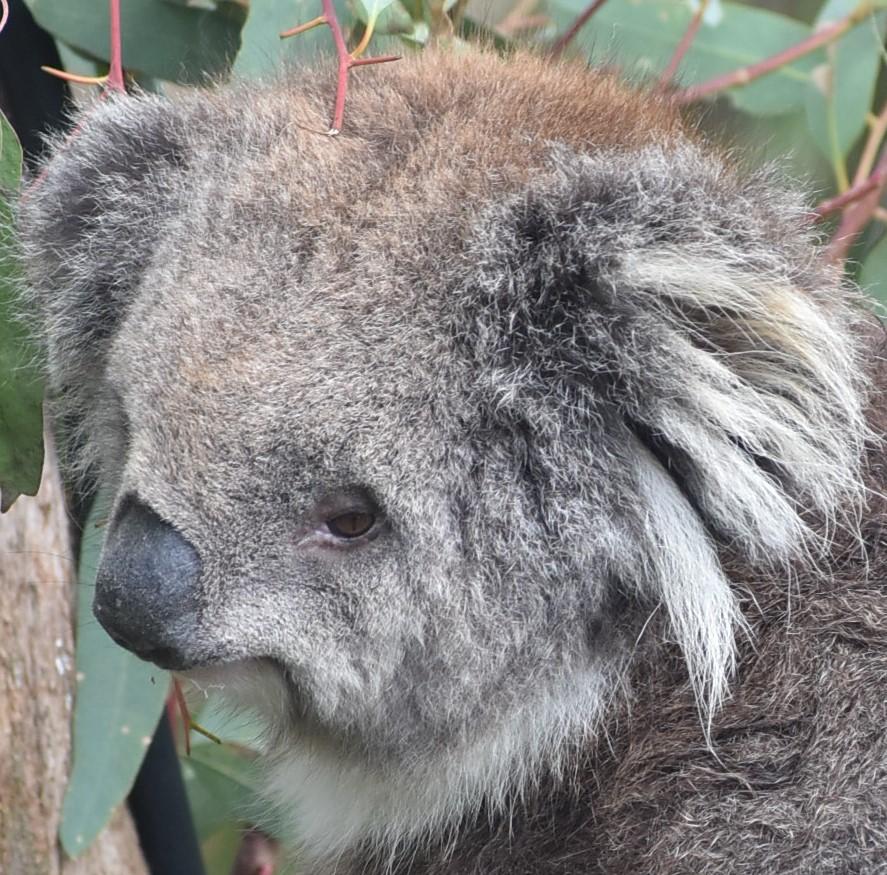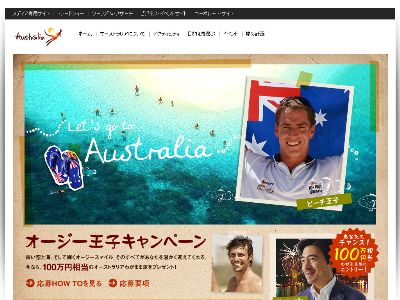
But, when the shoe’s on the other foot, it seems to be all right.
At least, it was until just a few years ago.
For a while in the late Noughties to early 2010s, Tourism Australia worked desperately hard to arrest a drastic and dramatic decline in Japanese tourist numbers.
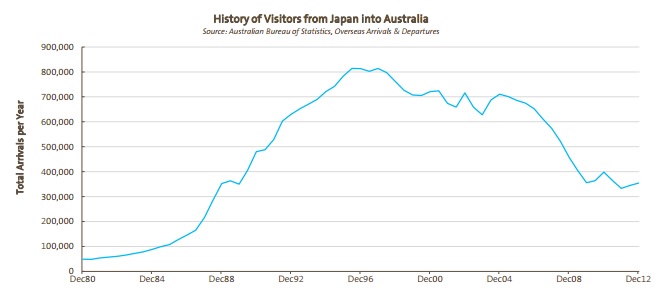
The Oojii Ouji Campaign promised a 1 million yen prize to the entrant that provided Tourism Australia with the best story of a visit to Australia. Participants were also asked to send in a photo of an Aussie they’d enjoyed spending time with. The implied wording of the campaign (using “prince” in Japanese immediately implies a Disney-style, good-looking and virile hetero male who can sweep a woman of her feet) and actual use of only good-looking young Aussie blokes to promote the cause in Japan made it fairly obvious the promotion was all about physical attraction.

Tourism Australia made no secret of targeting women in their 20s and 30s, a gender-oriented promotion they would not be able to engage in back in Australia.
Actually, it makes sense for tourist organizations to target younger Japanese women. They are less likely to be caught in overtime trap, have more of a chance of building up disposable income (especially if they’re living at home) and can be a bit more adventurous.
Ultimately, destiny made the campaign’s timing disastrous. Before the effects of the campaign could be felt, the Great East Japan Earthquake struck and there were far more serious issues to deal with.
